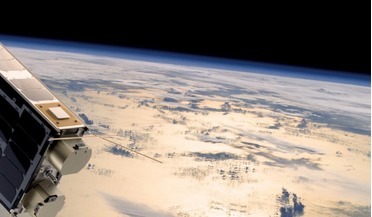 January 2020
Satellite-based IoT - the race is on
January 2020
Satellite-based IoT - the race is on
... an integral part of the system. But how long can commercial freight vehicles stay connected beyond the GPS signal when leaving the city region? There are lots of lonely stretches on motorways that have huge...
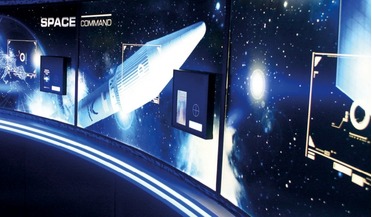 February 2020
‘Witches brew’ of a subordinate space corps
February 2020
‘Witches brew’ of a subordinate space corps
... for. So, the services would receive weather satellite bills, missile launch detection bills, communications satellite bills, GPS satellite bills, imagery satellite bills, etc, from the Air Force. The chaos that would have...
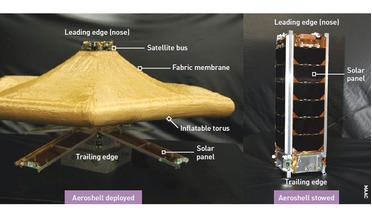 February 2020
Aeroshells – from LEO to Mars
February 2020
Aeroshells – from LEO to Mars
..., launched from the International Space Station (ISS). The EGG (re-Entry satellite with Gossamer aeroshell and GPS/Iridium) was designed by MAAC (Membrane Aeroshell for Atmospheric-entry Capsule) research group, established at the turn...
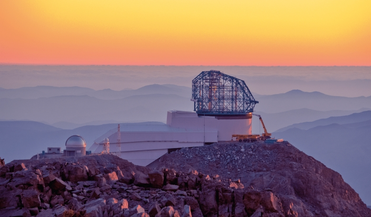 April 2020
Satellite mega-constellations pose threat to ground-based astronomy
April 2020
Satellite mega-constellations pose threat to ground-based astronomy
... or two-way communication services. Several such constellations already exist, the best known of which are the GPS, Glonass and Galileo systems. But they all comprise a small number of satellites, in each case well below...
 April 2020
Reviving Russia’s space programme
April 2020
Reviving Russia’s space programme
...finally flew in 2011 and made a major contribution to astronomy. The space-based navigation system, GLONASS (Russia’s ‘GPS’) was restored to full strength. There were, however, limits to what could be achieved, as a function of uncertain budget flows...
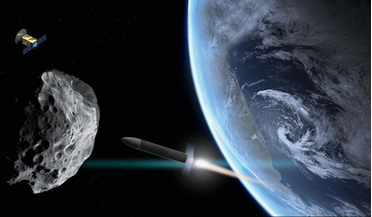 June 2020
Saving Earth – time for a new cooperative framework
June 2020
Saving Earth – time for a new cooperative framework
... impact is at least four times greater than was previously thought. This is one of the things that sensors on GPS satellites, originally designed to detect nuclear explosions, have told us over the past 10 years. An inventory of potentially hazardous...